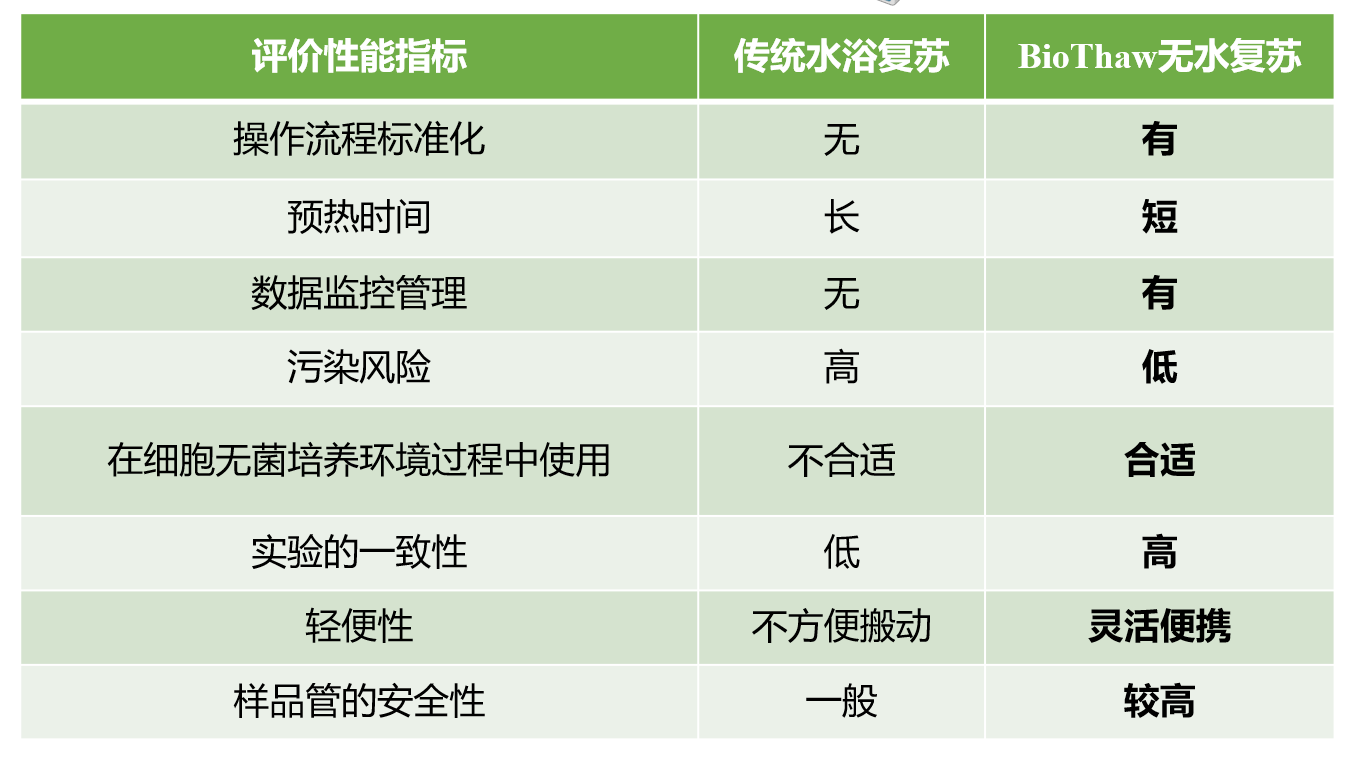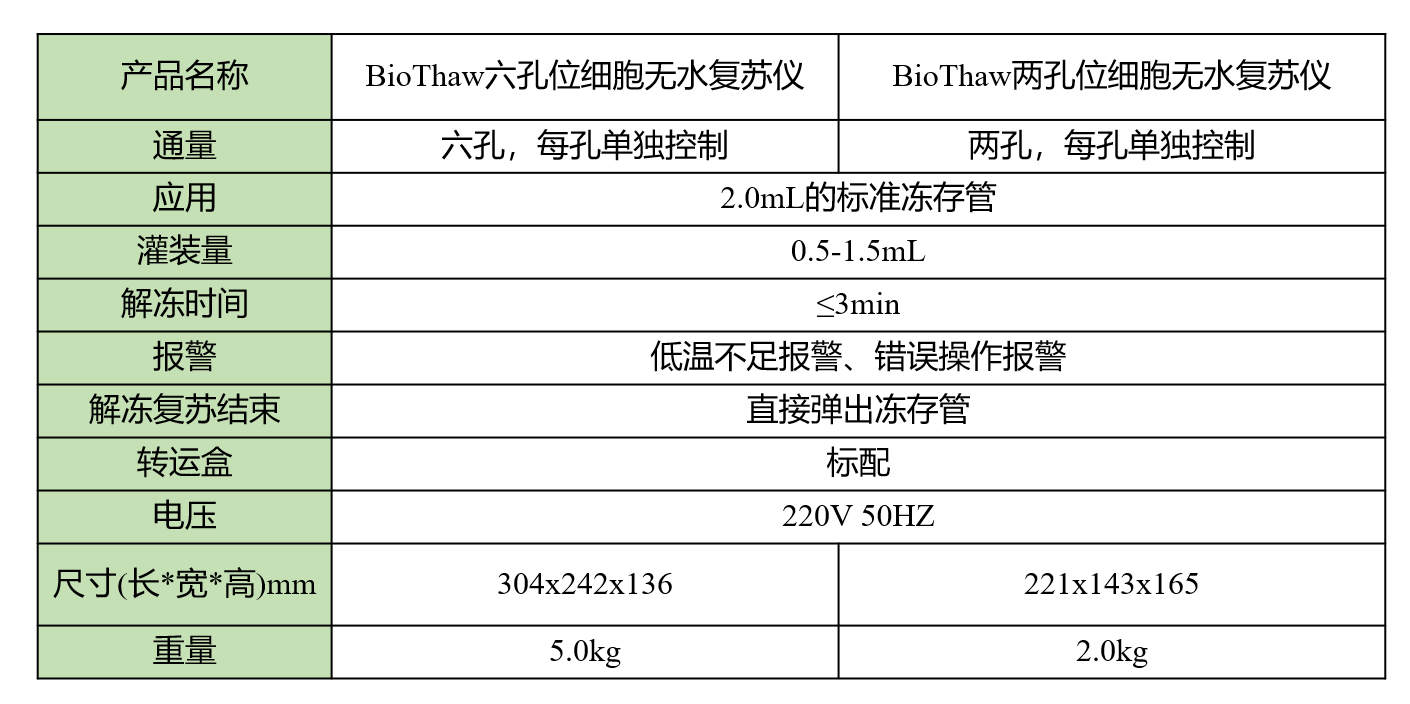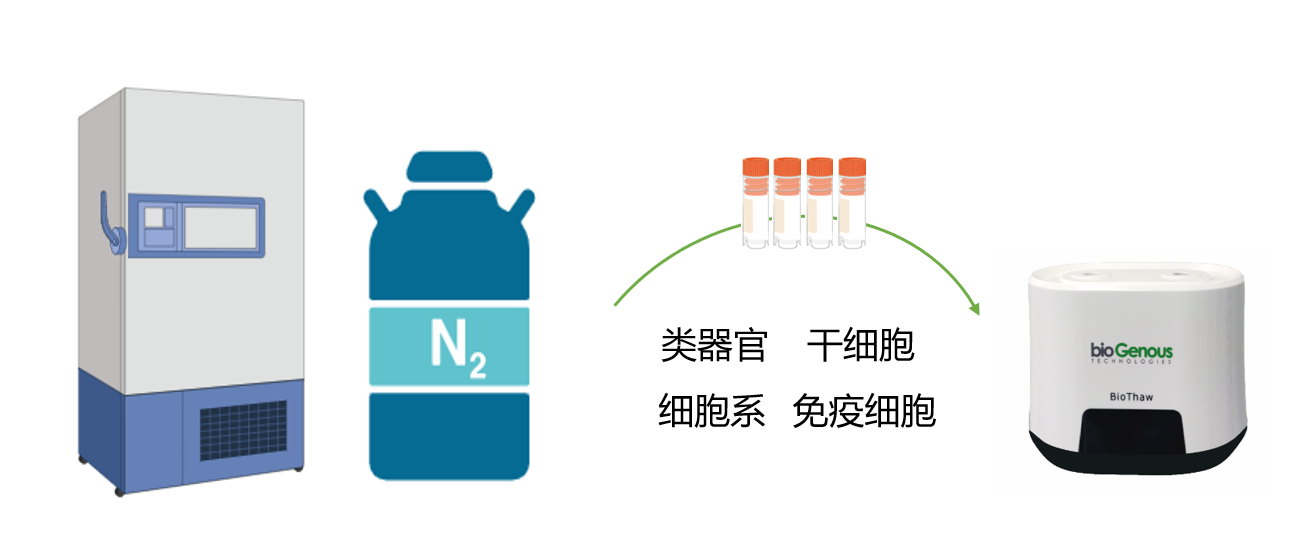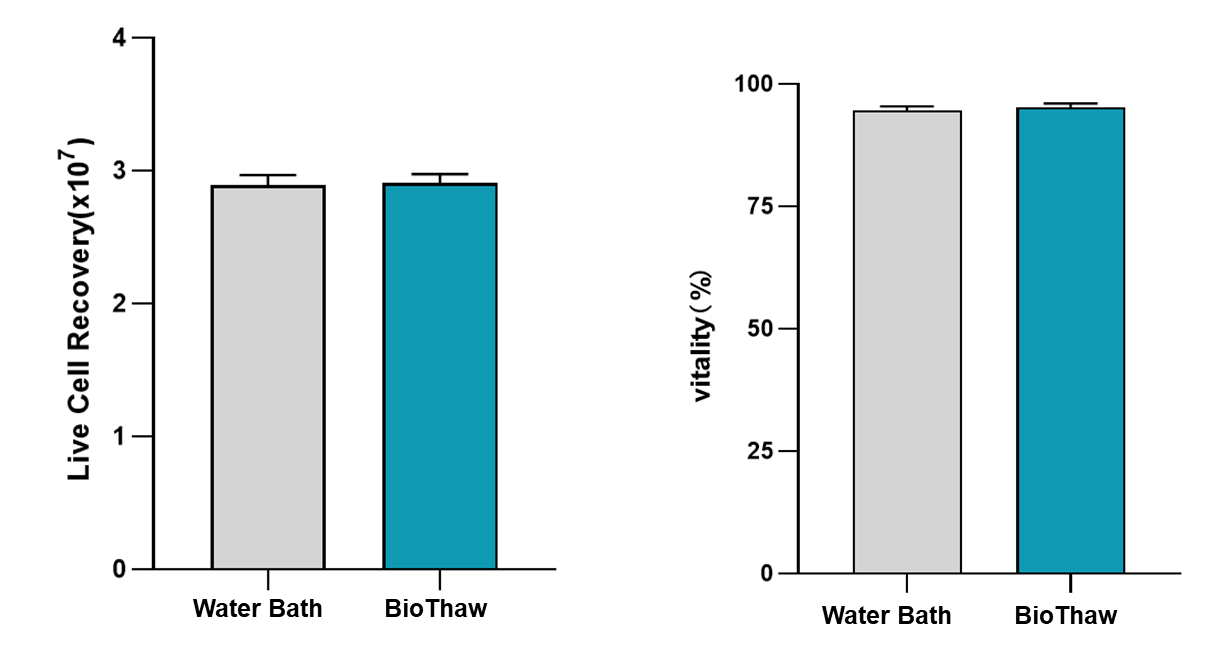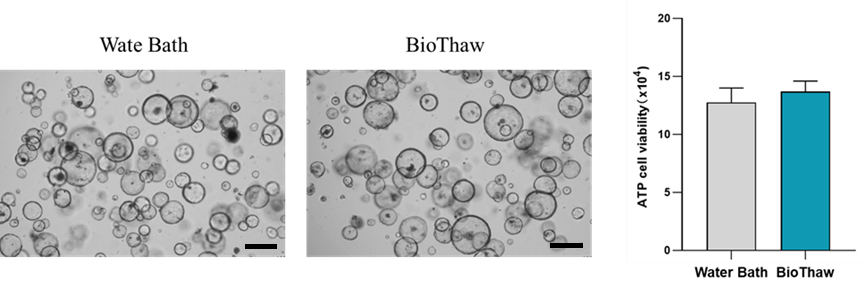Product Introduction
BioThaw Water-Free Organoid Thawing Device
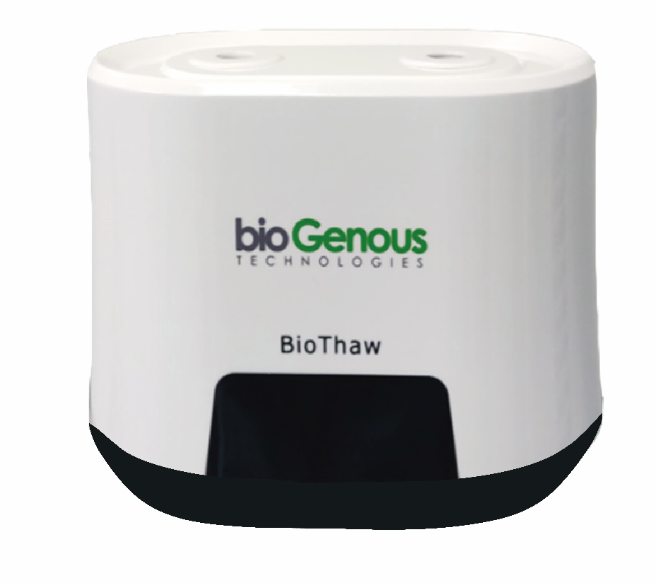
BioGenousTM BioThaw Water-Free Organoid Thawing Device is a GMP-compliant, pharmaceutical-grade cell thawing device that leverages advanced automated dry-thawing technology for efficient revival of frozen cells or organoids. This innovative device replaces traditional water baths with a unique water-free environment, providing precise control over thawing parameters. By maintaining meticulous temperature regulation, it ensures a stable, reliable, and efficient thawing process, prioritizing the safety of both the user and the sample. Additionally, a low-temperature transportation box is available to preserve cell viability during thawing and transport, effectively maintaining the cold chain. Biothaw is ideal for cryopreserving and thawing various cells and organoids, making it an essential tool in the biopharmaceutical industry.
Product Advantages:
1. Safety: Reduces the risk of contamination or potential hazards associated with traditional thawing methods.
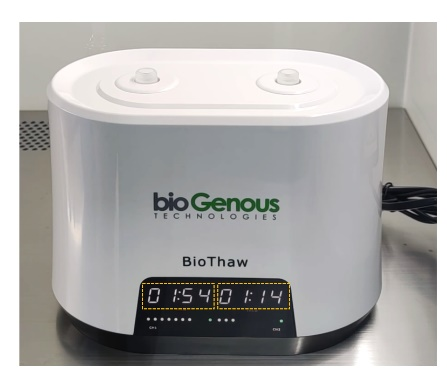
2. Automation: Equipped with built-in temperature sensors and standardized thawing programs, enabling automated thawing operations.
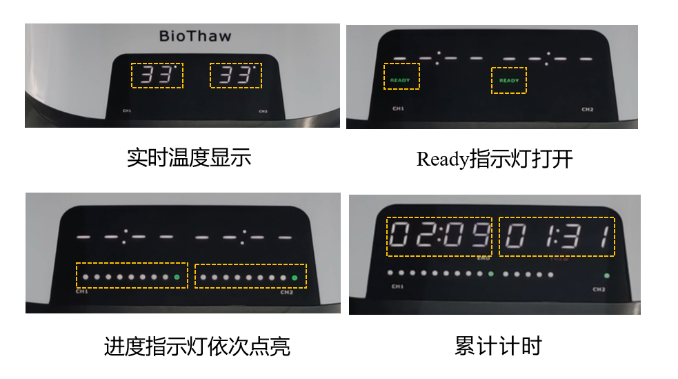
3. Convenience: Easy to operate; simply press the cryovial into the thawing slot, and it will automatically eject once the program is complete.

Press the cryovial into the thawing Automatically eject after thawing
4. Reliability: Equipped with a low-temperature transportation box, effectively ensuring the maintenance of sample temperature during transfer and preserving cell viability after thawing.
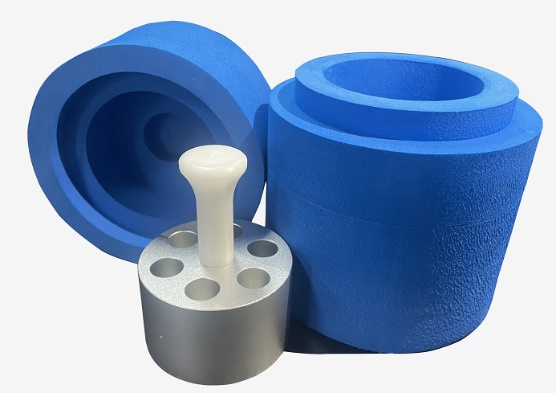
Low-temperature transport box
BioThaw BioThaw VS Traditional Water Bath
